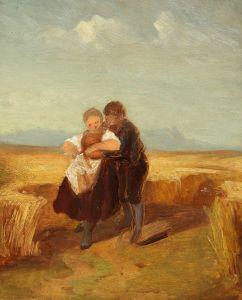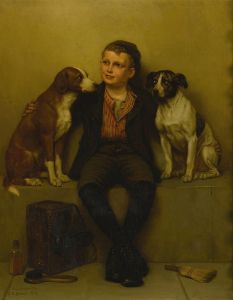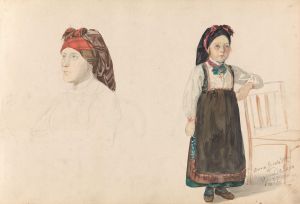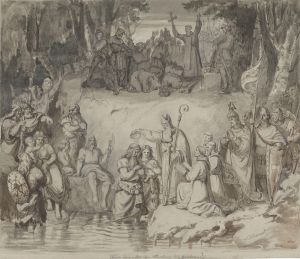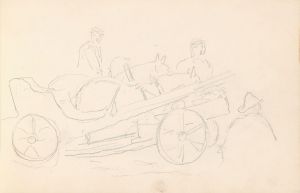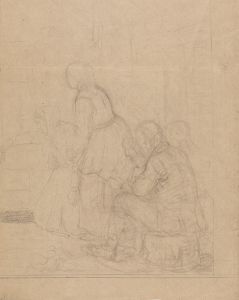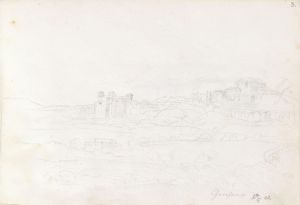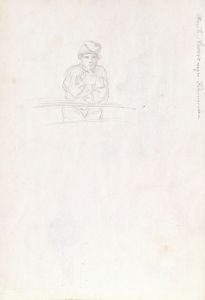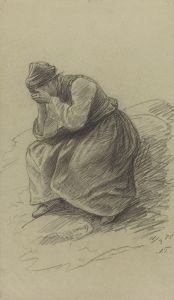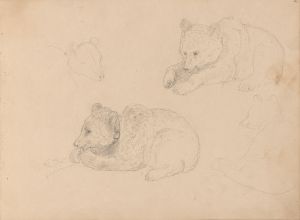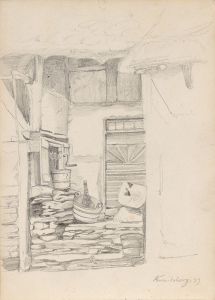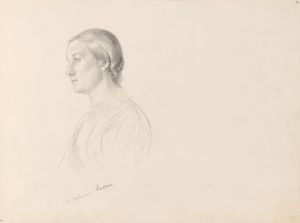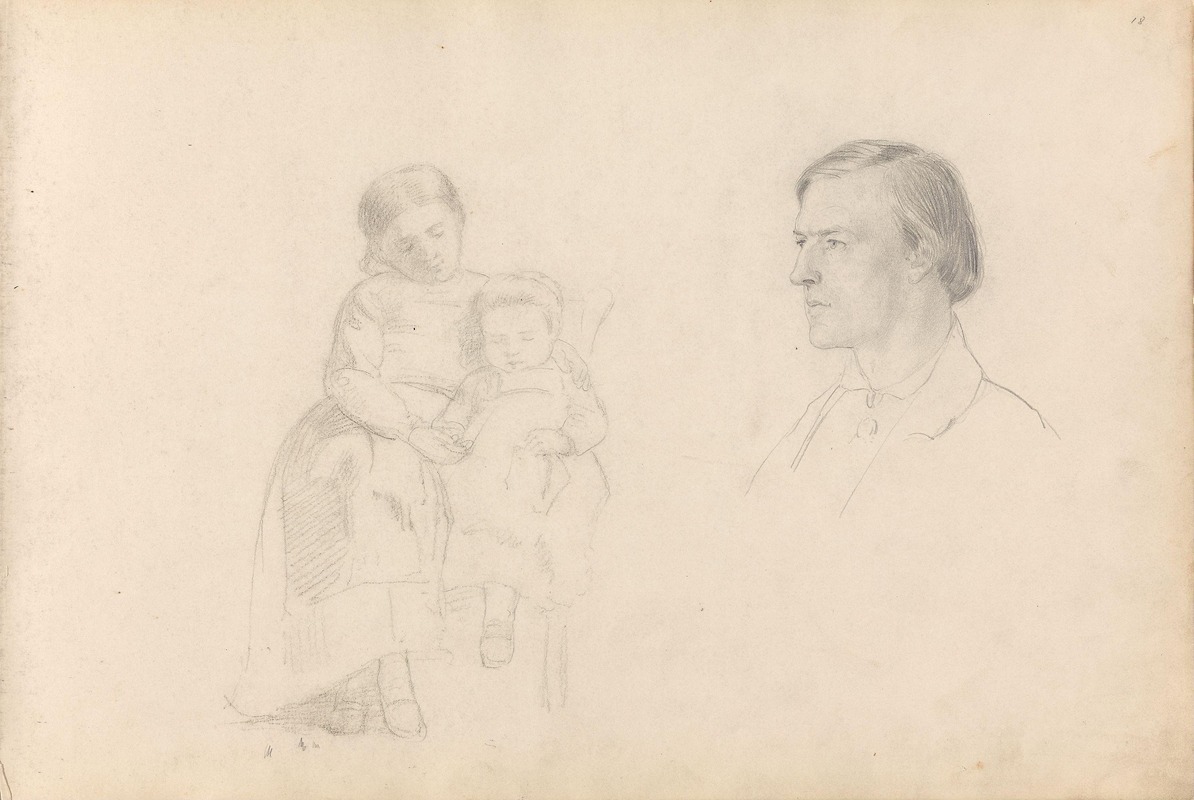
Two children; male portrait
A hand-painted replica of Adolph Tidemand’s masterpiece Two children; male portrait, meticulously crafted by professional artists to capture the true essence of the original. Each piece is created with museum-quality canvas and rare mineral pigments, carefully painted by experienced artists with delicate brushstrokes and rich, layered colors to perfectly recreate the texture of the original artwork. Unlike machine-printed reproductions, this hand-painted version brings the painting to life, infused with the artist’s emotions and skill in every stroke. Whether for personal collection or home decoration, it instantly elevates the artistic atmosphere of any space.
Adolph Tidemand (1814-1876) was a prominent Norwegian romanticist painter, known for his detailed and realistic depictions of Norwegian folk life and traditions. One of his notable works is "Two Children; Male Portrait," which exemplifies his skill in capturing the essence of his subjects with a high degree of realism and emotional depth.
"Two Children; Male Portrait" is a painting that features two young boys, rendered with meticulous attention to detail. The painting is a fine example of Tidemand's ability to portray the innocence and simplicity of childhood, a common theme in his body of work. The boys are depicted in traditional Norwegian attire, which adds a cultural and historical context to the piece. This choice of clothing not only grounds the painting in a specific time and place but also reflects Tidemand's interest in preserving and celebrating Norwegian heritage.
The composition of the painting is carefully balanced, with the two children positioned in a way that suggests a natural and spontaneous moment. Tidemand's use of light and shadow enhances the three-dimensionality of the figures, giving them a lifelike presence. The background is kept relatively simple, ensuring that the focus remains on the children and their expressions. This technique is characteristic of Tidemand's style, where the background often serves to complement rather than compete with the main subjects.
Tidemand's work, including "Two Children; Male Portrait," is significant in the context of Norwegian art history. During the 19th century, Norway was undergoing a period of national romanticism, where there was a strong emphasis on national identity and cultural heritage. Tidemand's paintings played a crucial role in this movement by documenting and idealizing rural Norwegian life. His works were not only appreciated for their artistic merit but also for their contribution to the cultural narrative of Norway.
Adolph Tidemand studied at the Academy of Fine Arts in Copenhagen and later at the Kunstakademie Düsseldorf, where he was influenced by the Düsseldorf School of painting. This influence is evident in his precise and detailed approach to painting. Throughout his career, Tidemand received numerous commissions and his works were exhibited widely, earning him recognition both in Norway and internationally.
"Two Children; Male Portrait" is housed in the National Gallery of Norway, where it continues to be an important piece in the collection. The painting is appreciated for its technical excellence and its ability to convey the warmth and simplicity of rural Norwegian life. Tidemand's legacy as a painter is firmly established, and his works remain a testament to his skill and his dedication to capturing the spirit of his homeland.
In summary, "Two Children; Male Portrait" by Adolph Tidemand is a significant work that showcases the artist's talent for realistic and emotionally resonant portraiture. It reflects the cultural and historical context of 19th-century Norway and continues to be celebrated for its artistic and cultural value.





